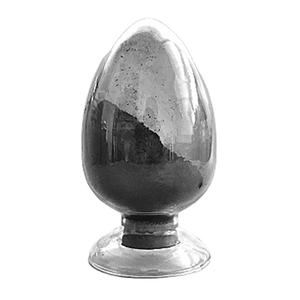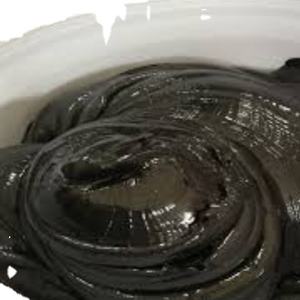Silicon carbide porcelains is a material with high toughness, high thermal conductivity, and resistance to acid and alkali rust. It can adjust well to the outdoors throughout usage. Atmosphere, it is thought about the best anti-corrosion warmth exchange material in the industry. The toughness of average ceramic materials will go down considerably at 1200 ~ 1400 ° C, while the flexural toughness of silicon carbide ceramics at 1400 ° C remains at a high level of 500 ~ 600MPa, and its working temperature level can get to 1600 ~ 1700 ° C and will certainly not. It is resistant to melting damages and has solid stability, high thermal conductivity, ultra-high temperature level stability, and steady architectural efficiency. Silicon carbide ceramics are specifically prominent in chemical warm exchange applications.
(3d printing alloy powder)
Silicon carbide ceramic warm exchanger
Silicon carbide porcelains have detailed anti-oxidation and anti-corrosion capacities. It is identified as a “desire” warm exchange material in the area of chemical anti-corrosion. It also has high insulation residential properties. Compared with conventional graphite, fluoroplastics, precious metals, glass-lined and various other heat exchange materials, its warmth exchange performance and life span have obvious affordable advantages, especially in some composite solid acid environments; its extremely corrosion resistance is a lot more. It is irreplaceable and plays a progressively essential duty in promoting the enhancement of tools and technology in relevant fields.
Silicon carbide ceramic warmth exchangers primarily have the following advantages:
Using silicon carbide ceramic heat exchangers is straight, easy, quickly, effective, environmentally friendly and energy-saving. It does not require to be mixed with cold air and high-temperature defense, the maintenance cost is low, and there is no need to perform any procedures on it. It is suitable for waste warm recuperation and use of gas-fired commercial kilns in numerous settings, especially solving the trouble that the waste heat of different high-temperature commercial kilns is expensive to be made use of;
The state calls for that the temperature of ceramic heat exchangers be ≥ 1000 ° C. Since it is resistant to heats, it can be positioned in high-temperature areas. The greater the temperature, the far better the heat exchange impact and the higher the energy saving;
It can change metal warm exchangers under high-temperature conditions;
Solve the issues of warmth exchange and corrosion resistance in the chemical industry;
(3d printing alloy powder)
It has solid flexibility, high-temperature resistance, deterioration resistance, high temperature toughness, good oxidation resistance, steady thermal shock efficiency and long life span.
About 3D Printing Interest
3dprintingpassion is committed to technology development, applications of nanotechnology and new material industries, with professional expedience the nano-technology research and development and the application of materials.especially for 3d printing powder, 3d printing metal powder, 3d printing powder supplier, 3d printing for titanium powder. As a leading nano-technology development and product applications additive manufacturer, 3dprintingpassion dominates the markets. If you need high quality titanium element, please feel free to contact us.
Inquiry us

